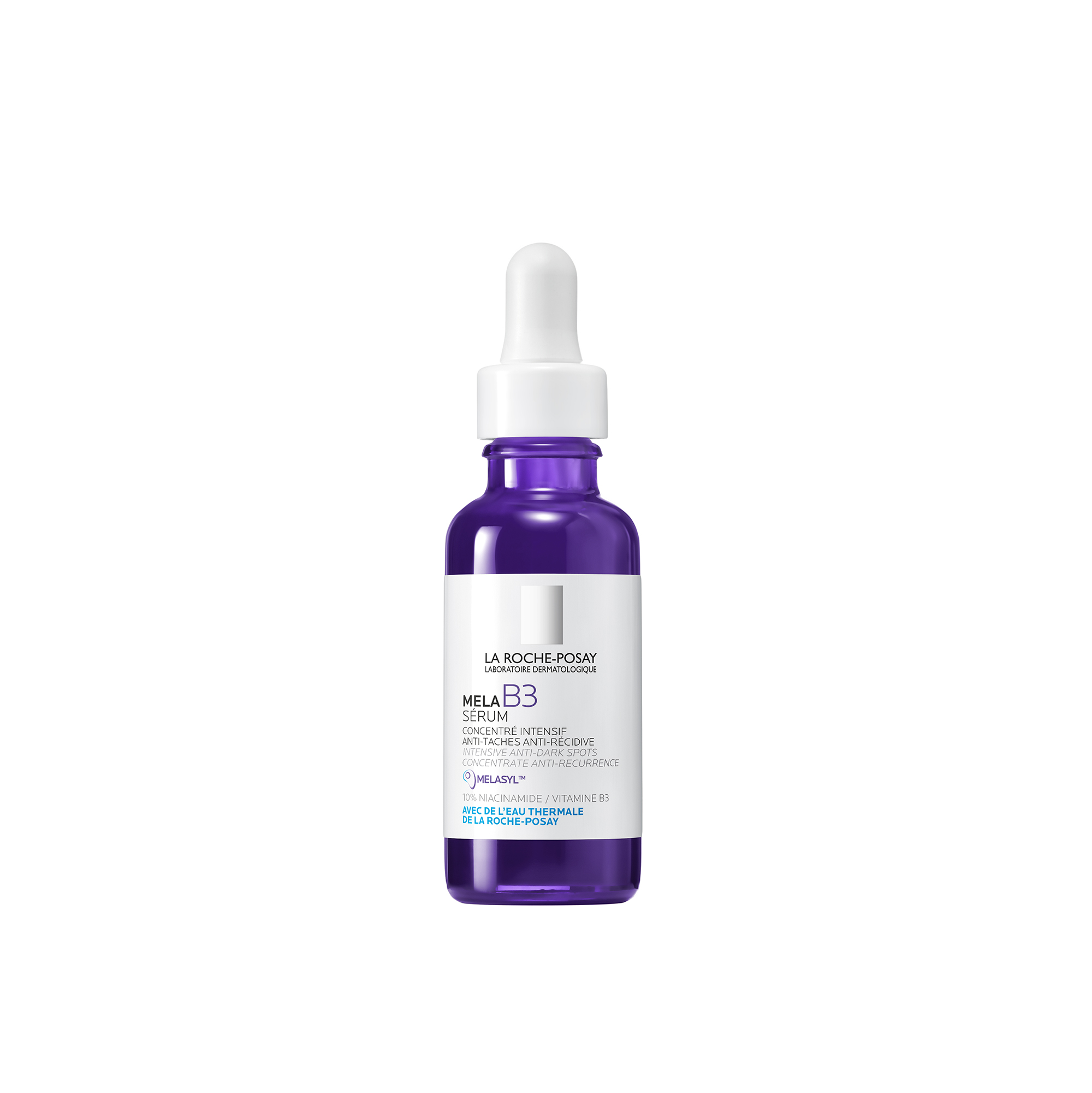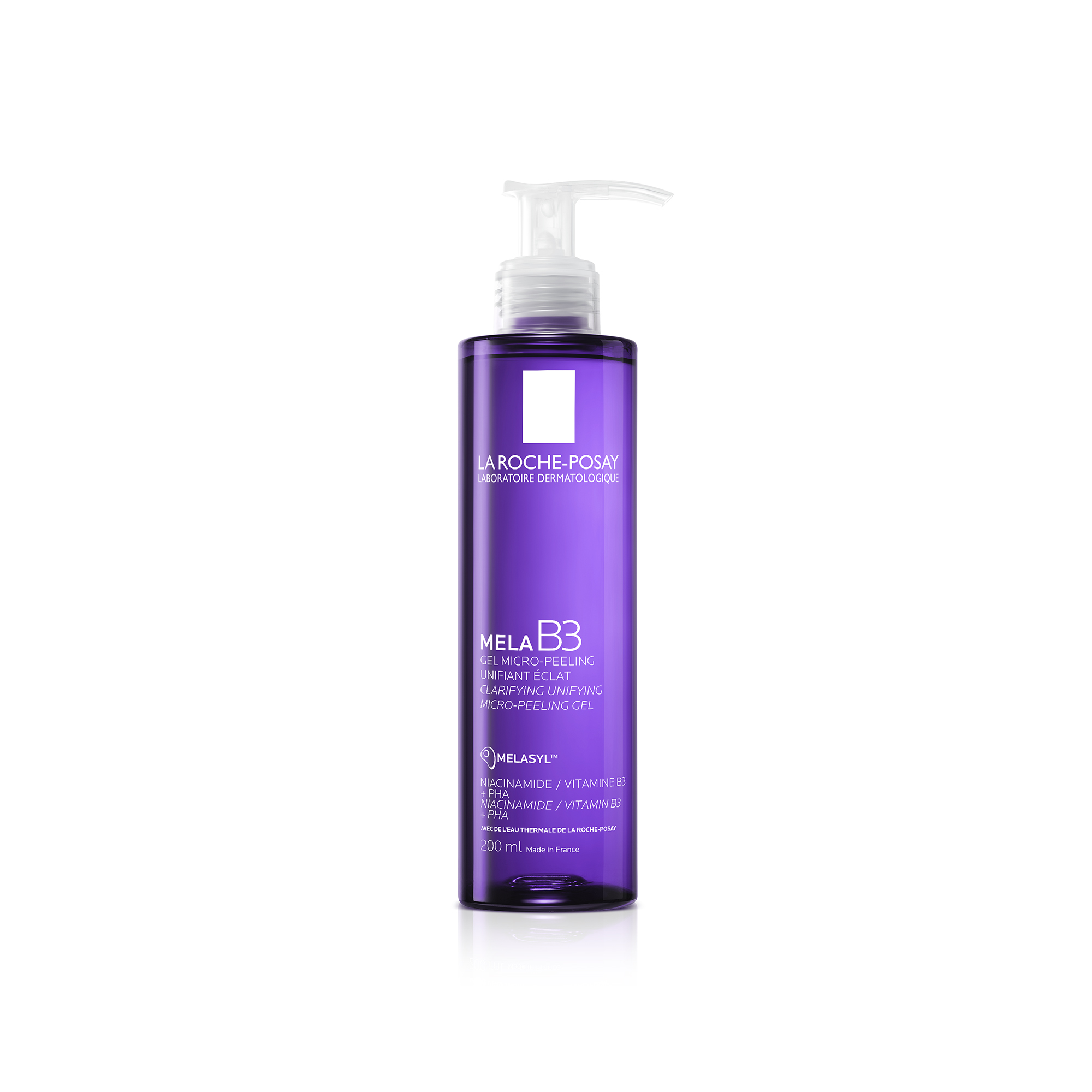After 4 months of daily use, I can confirm this is the most effective skincare ingredient I’ve ever tried
It has been 18 years in the making
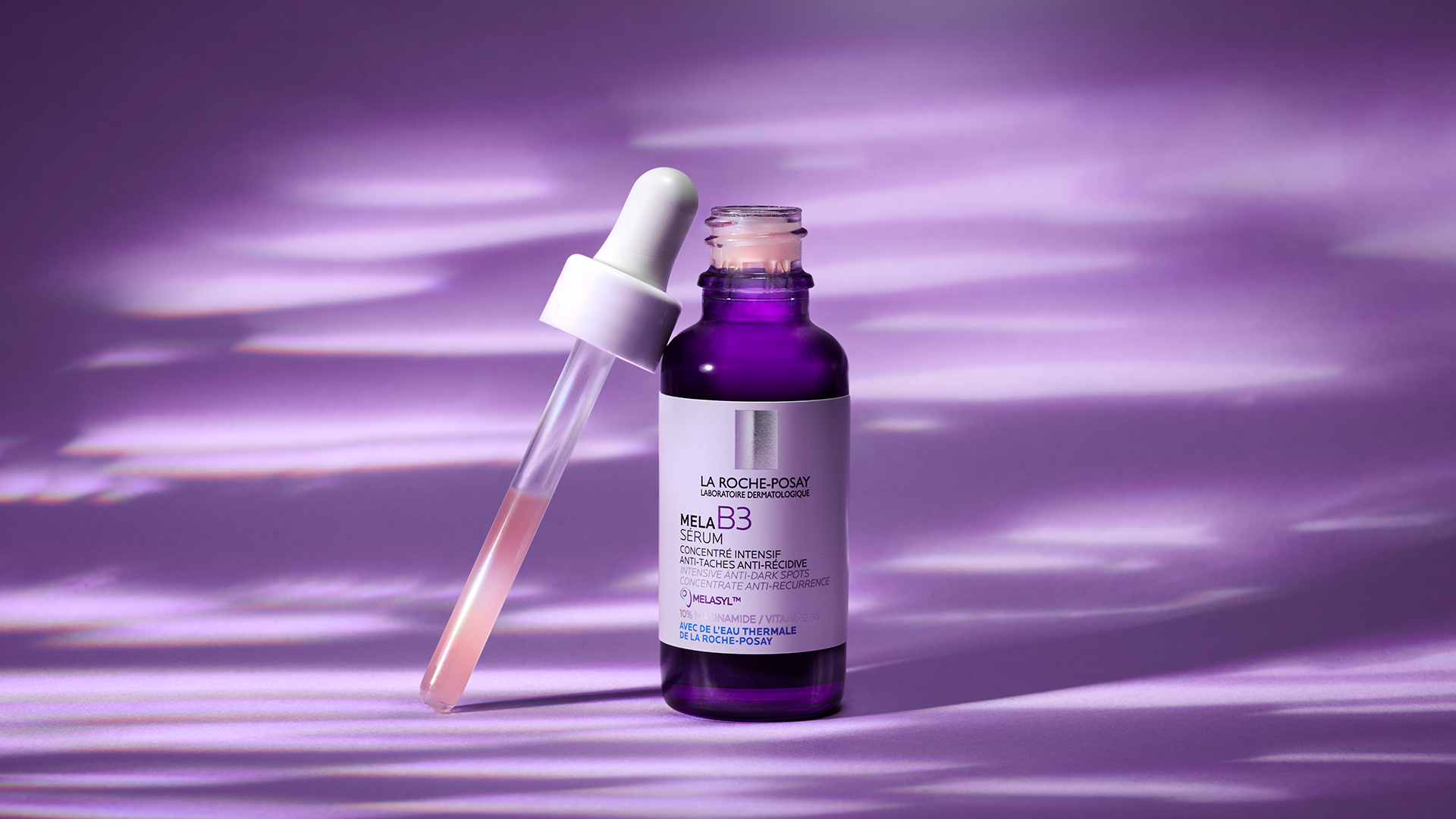
Having worked as a beauty journalist for the best part of a decade, I can categorically say that dark spots are one of the most common skin concerns among the people I interact with, and it’s one of my own most stubborn skin issues, too. In fact, 20% of British people suffer from hyperpigmentation (circa 50% worldwide), and yet 60% of sufferers are not treating it. Why? The answer is simple: it’s stubborn and has, historically, been difficult to target.
Throughout my many years in this job, I have seen heaps of skincare products launch that aim to reduce the appearance of dark spots. I have sat through countless seminars and lectures about why dark spots crop up and how to treat them. I’m going to be brutally honest here, I haven’t once felt confident enough to recommend an anti-dark-spot product I’ve tried to anyone I know. Truthfully, I had started to lose hope that my own dark patches (which have taken up permanent residence on my face as a result of aggressive breakouts) could ever be treated.
But towards the tail end of 2023, I caught wind of the fact La Roche-Posay was in possession of some pioneering research that might just prove me wrong—and when La Roche-Posay tells me they’re onto something, I listen. As the number one recommended skincare brand by dermatologists in the UK, I have long advocated the brand’s science-first, clinical-led approach to tackling some of the most pressing skin concerns out there.
So, when La Roche-Posay invited me to Paris back in November, along with dermatologists from around the world, to learn about their latest multi-patented ingredient for dark spot reduction—MELASYL™—I was all ears. Since then, I have been using the new La Roche-Posay Mela B3 Serum (which champions the new ingredient) every single day, and my skin has truly never looked better for it. Here’s why I think MELASYL™ is set to change skincare routines forever…
What is MELASYL™?
After 18 years of research into discolouration and dark spots, La Roche-Posay has finally launched MELASYL™, a new multi-patented ingredient that visibly reduces the appearance of skin discolouration. The brand discovered, through extensive surveys and studies, that 1 in 2 people worldwide suffer from pigmentary disorders, and through a study on over 48,000 participants in 34 countries*, established that it can have a powerful impact on those people’s mental health. This information provided the impetus for the brand to develop a new ingredient and product that can address some of these issues as a first port of call.
We already know that dark spots appear in the skin due to overproduction of melanin, which can occur due to a whole host of factors, including ageing, blemishes and unprotected sun exposure. While researching, La Roche-Posay conducted a screening of over 4,000 molecules, with one in particular standing out. Its efficacy in reducing the appearance of dark spots (including sunspots, age spots and post-acne marks), without impacting the natural tone of the skin set what is now known as MELASYL™ apart from the rest. The molecule intercepts excess melanin at a different stage of its production to other products I have previously seen.
To debut MELASYL™, La Roche-Posay has formulated a new serum—Mela B3. Combining the molecule with other science-backed ingredients, including Niacinamide (vitamin B3—hence the name), the serum targets dark spots from an array of angles to ensure long-term reduction.
The science behind Mela B3 Serum

The thing that has always set La Roche-Posay apart from other skincare brands (and is the reason why dermatologists regard it so highly) is its grounding in science—and the new MELASYL™-containing Mela B3 serum is a prime example of this. Trials of the serum showed a clinical reduction of dark spots after 12 weeks of use in 94% of participants**. It is the product’s efficacy and scientific-backing that has made it so favourable among experts, like Dr Ahmed.
“As a board-certified dermatologist I can tell you that hyperpigmentation is one of the hardest skin concerns to address,” she says. “By targeting the pathways that form pigment (i.e. melanin) Mela B3 can reduce the chances of overproduction of melanin from the outset and has clinically proven efficacy on dark spots.” Beyond just MELASYL™, though, Mela B3 contains an accompanying trifecta of highly effective ingredients that both target and prevent the common causes of uneven pigmentation, such as breakouts and sun damage.
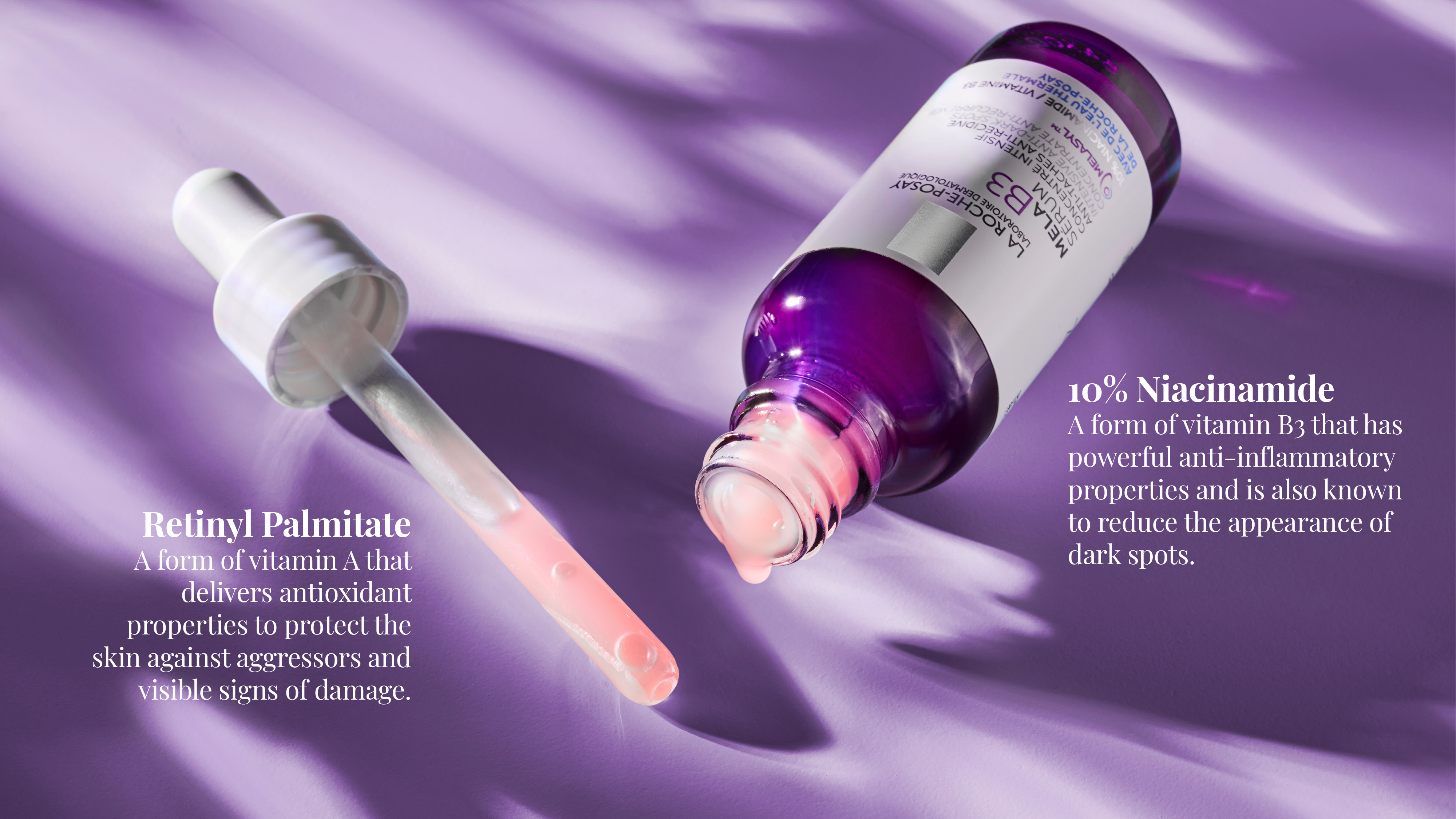
The formula has actions like skin renewal, gentle exfoliation and antioxidant protection. The combination of these essential actions gives Mela B3 its unique formula to target hyperpigmentation.
Dr Ahmed
The routine
So who exactly should be using MELASYL™ and how? If, like me, you have dark spots, patchiness or uneven skin pigmentation as a result of breakouts, sun damage or ageing, then it’s for you. If you suspect you have uneven skin pigmentation for other reasons or are concerned about your dark spots, however, it is still really important you visit your doctor or dermatologist—even if it’s only to put your mind at rest.
While there’s no doubt that Mela B3 Serum is the star of the show in my routine, it’s worth mentioning that you can also get your MELASYL™ boost in La Roche-Posay Mela B3 Cleanser—a gently exfoliating gel that also contains niacinamide and polyhydroxy acid to help target dark spots at the cleansing stage. As somebody who has dark spots as a result of breakouts, it’s also worth noting that this cleanser does a great job at keeping blemishes at bay, too.
With the cleanser being the first step and the serum as the second, it would be remiss not to mention the importance of SPF application, here. When it comes to dark spots, UV rays can play a very big part in exacerbating the situation, so it’s even more important to make sure you’re diligent with your sunscreen application. My go-to? La Roche-Posay Anthelios UVMUNE 400 SPF 50+ is, hands down, my most recommended sunscreen. It is almost unbelievably lightweight, invisible on the skin and delivers incredibly high protection.
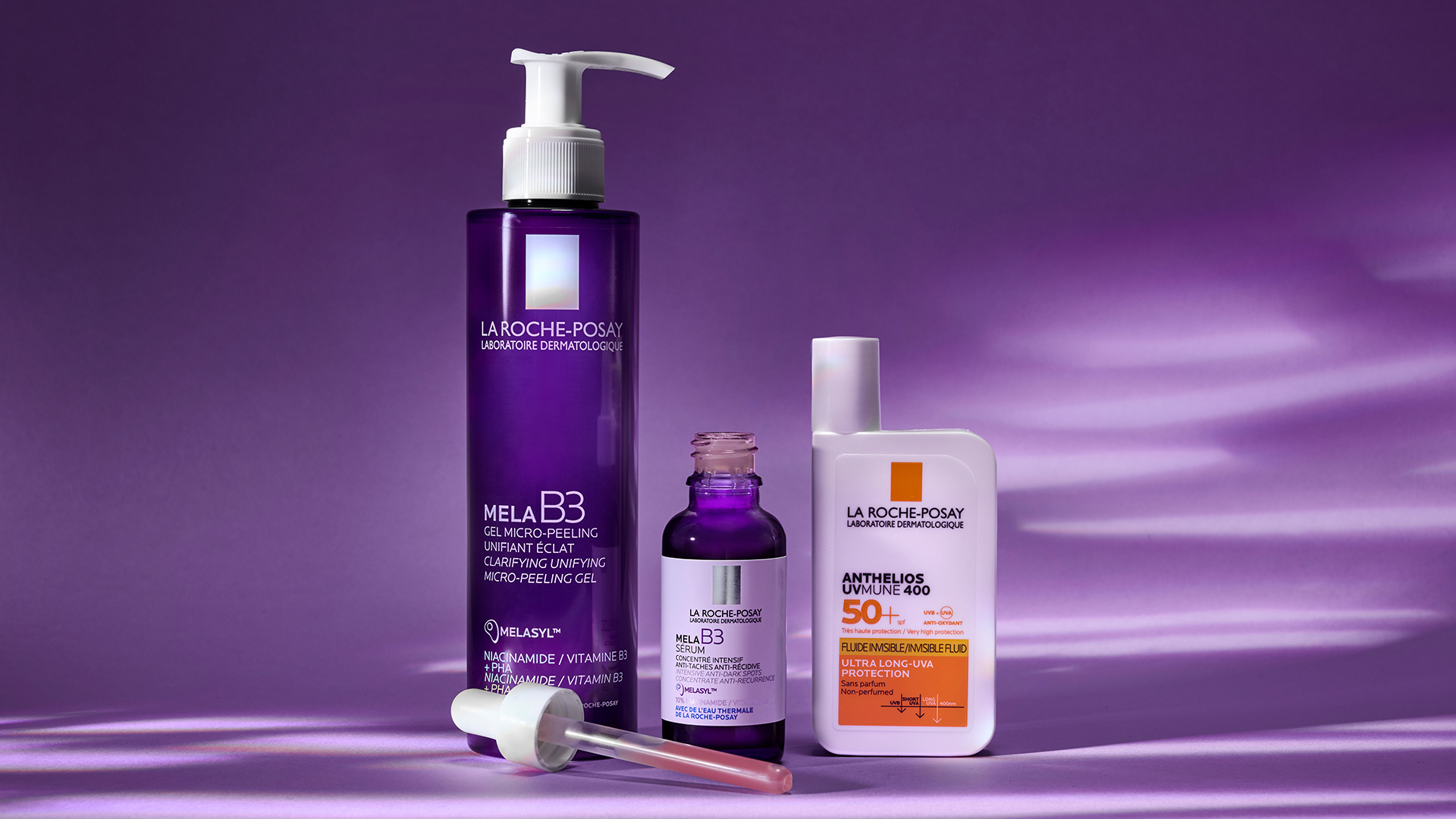
My IRL results
In my extensive experience working with skincare brands, it’s often that newly developed, patented ingredients are marketed as ‘pioneering’, ‘breakthrough’ or ‘groundbreaking’, but that’s not to say the actual results always match up to the claims. It’s for this reason I really want to create some space here to explain that Mela B3 Serum (and the routine outlined above) isn’t hiding behind its impressive scientific backing—it actually works.
I have personally battled cystic acne on my chin for years, and large, angry blemishes, like the ones I am prone to, are renowned for leaving stubborn dark spots in their wake. However, from the moment I started using Mela B3 Serum, I knew I liked it. As a daily face serum, I noticed straight away that the silky texture was a joy to apply (and didn’t leave a greasy film on my skin) and that my complexion looked more glowing, hydrated and clearer for using it every evening. Truthfully, I was over the moon with the results after just a week or two of use.
However, after around six weeks of using it every day, I started to notice that the dark post-acne marks on my chin (that had been present for three months by this point, with no signs of fading) appeared less prominent. I looked back at pictures I had taken just before I started using the serum which confirmed my thoughts—my post-breakout dark spots were starting to fade.
It was between months two and three of using the serum that I started getting daily compliments on my complexion. Friends and colleagues who I see every week began asking what I was doing differently in my routine. And now, after four solid months of use, I’m pleased to say that not only have my dark spots dramatically improved, but that my overall skin condition has, too—I’m talking more glow, more bounce, and a more even skin tone. Things have been so good, in fact, that I haven’t applied concealer for two weeks, so I couldn’t be more impressed.
La Roche-Posay Mela B3 Serum is available to buy now at Boots.com and in Boots stores.
* A first-of-its-kind study of 48,000 people in 34 countries conducted by La Roche Posay; selected as breaking news at World Congress of Dermatology, Singapore, 5 July 2023. **50 subjects, instrumental measurement of size of overall area of dark spots after 12 weeks.
Celebrity news, beauty, fashion advice, and fascinating features, delivered straight to your inbox!

Shannon Lawlor is the Beauty Director at Who What Wear UK. With nearly a decade of experience working for some of the beauty industry’s most esteemed titles, including Marie Claire UK, Who What Wear, Glamour UK, Stylist and Refinery29, Shannon’s aim is to make the conversation around beauty as open, relatable and honest as possible. As a self-confessed lazy girl, Shannon has an affinity for hard-working perfumes, fool-proof make-up products and does-it-all skincare.
-
 Everyone Seems To Be Talking About the 45-7-6 Stairmaster Workout RN — So Is It Really Unmatched at Boosting Glute Strength?
Everyone Seems To Be Talking About the 45-7-6 Stairmaster Workout RN — So Is It Really Unmatched at Boosting Glute Strength?A step in the direction? Let's see what experts say...
-
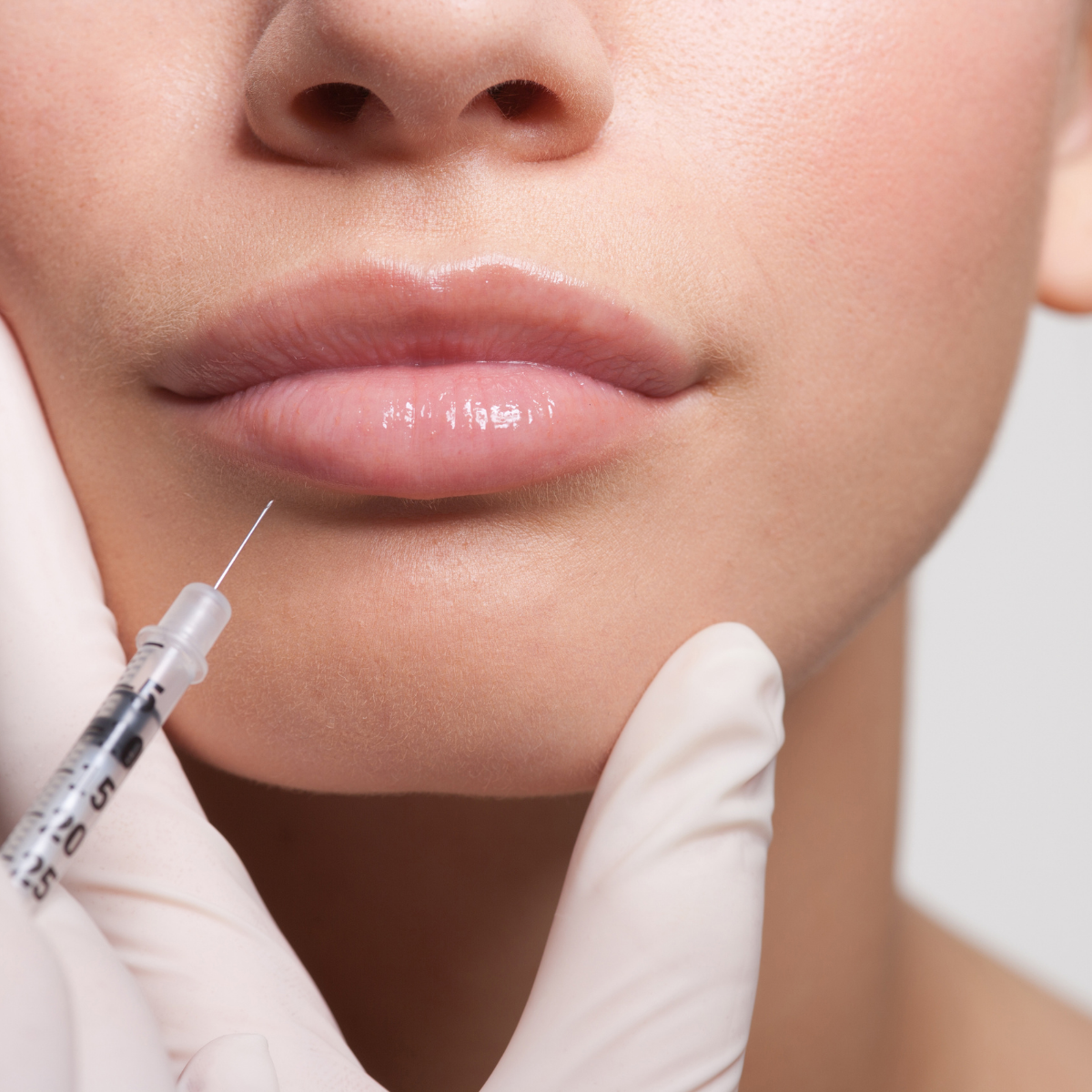 The New Status Symbol Is Your Face—How 'Quiet Luxury' Took Over Our Tweakments
The New Status Symbol Is Your Face—How 'Quiet Luxury' Took Over Our TweakmentsAnd the accompanying decline of fillers and Botox...
-
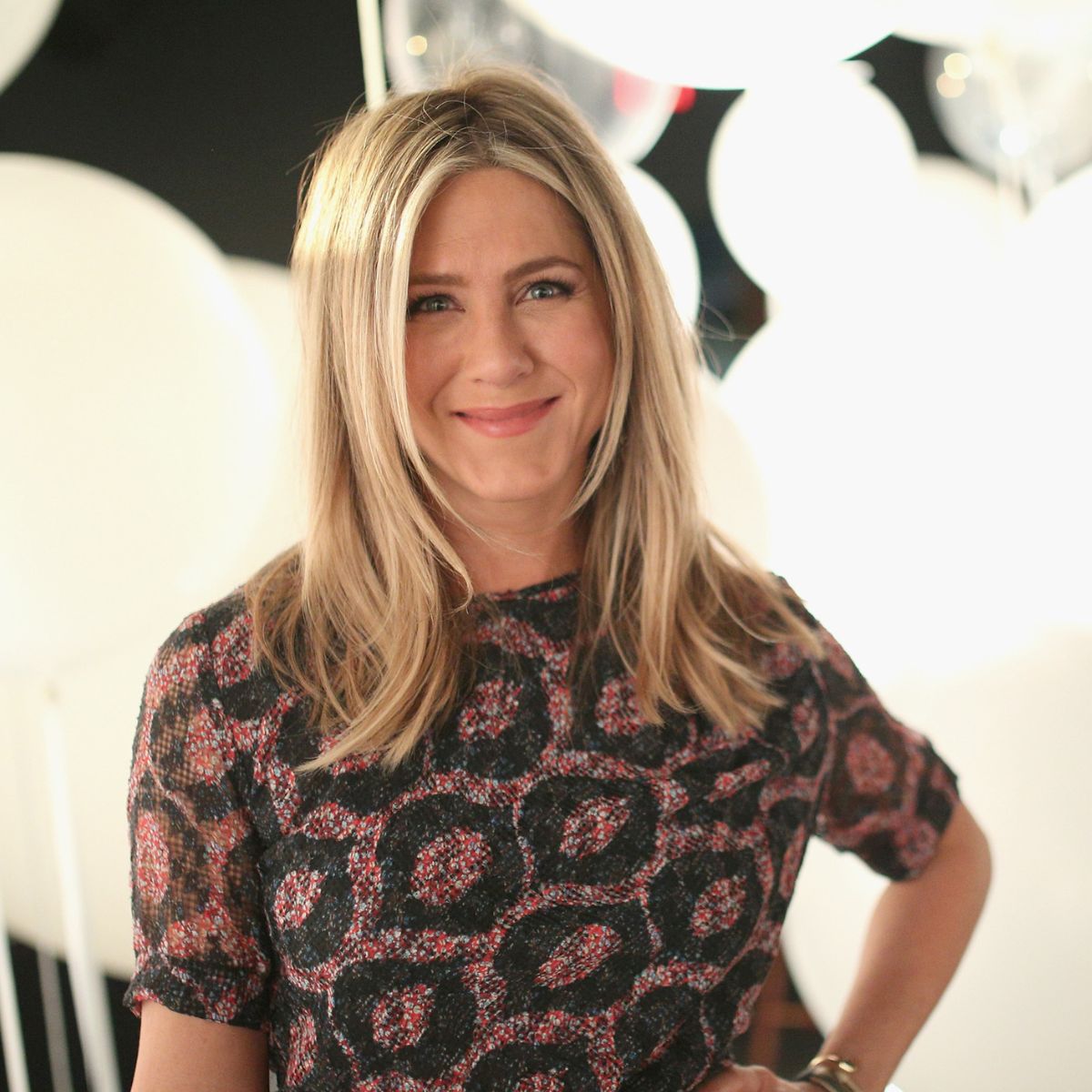 Jennifer Aniston’s New Hypnotist Boyfriend Has a Very Famous Ex
Jennifer Aniston’s New Hypnotist Boyfriend Has a Very Famous Ex

